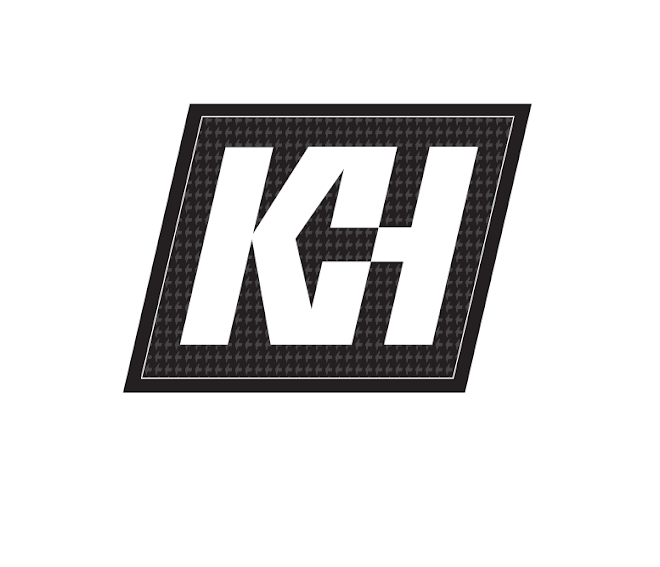The Screen and the User
The screen is one of technology's oldest tools to present visual information through, where as the computer itself has only been around for a couple decades now. Today, the screen basically runs our world, whether it be on a computer, a phone, a television, etc., offering the flexibility to present every single type of information available.
I like the paragraph about the "dynamic screen" that discusses the representation that we are trained to focus on within the boundaries of the screen. As a window to a limitless world of dimension and possibilities, our eyes concentrate on what is shown on screen...instead of what exists beyond the physical space the window provides. The screen is filled with an image, creating an illusion that our eyes are not conscious of while navigating the computer interface.
With this in mind, I would like my portfolio website to break this illusion that we so often lose track of because of the ability to seamlessly sift through information and imagery with a simple scroll of the mouse. By making the user participate in accessing my portfolio's content by dragging and dropping what exists beyond the frame, or in other words, the image that is cut off or bleeding beyond the screen's immediate surface, I will be forcing the user to be more conscious of the screen's boundaries. I want the user to be presented with an interactive and innovative option of dragging something into view, instead of simply scrolling beneath the fold of a window. In fact, I don't plan on my flash site having any scrolling at all– in order to really place emphasize on the way I have consciously chosen my provided information to be viewed.
In some cases, such as through virtual reality, the screen disappears altogether because of the way it is circumstances of how it is viewed and because of the illusion of being in an entirely different, yet believable, virtual space. I don't see this being useful for anything that I have designed thus far, or anything that I am interested in designing. The idea of simulating a new world that the user becomes part of through seeing only through the window of a screen seems far beyond what I want to do as a graphic designer. I want my users and viewers, whether of my portfolio site or any other design projects, to be conscious of the medium I am working on. I do appreciate the beauty of technology, but in a rational and functional way.
The history and evolution of the screen, as it progressed through classical, dynamic, VR, real time and beyond, is extremely fascinating. The fact that the screen was invented for military surveillance and was applied through the use of radar and is now being used by practically every human being in the world, makes me think about the invention and evolution of other critical elements of modern technology. The internet wasn't invented for entertainment, yet now it is what connects all forms of life and provides us with information far beyond what it was originally intended for. We are dependent on live, constantly updating frames of images to provide us with the most factual, up to the minute information...whether it be through news feeds on Facebook, weather forecasts, news headlines, stock market updates, etc. On top of this, we now have real-time interactive screens that involve the user on a whole new level. I think the screen still has so much evolvement in store, as we become even more dependent on the advancements and needs of a society ran by technology.






















